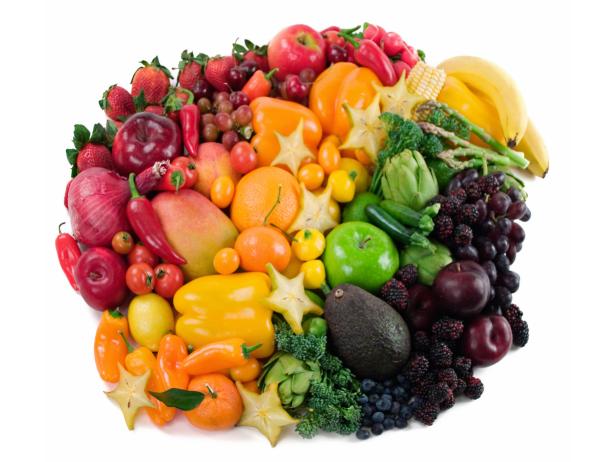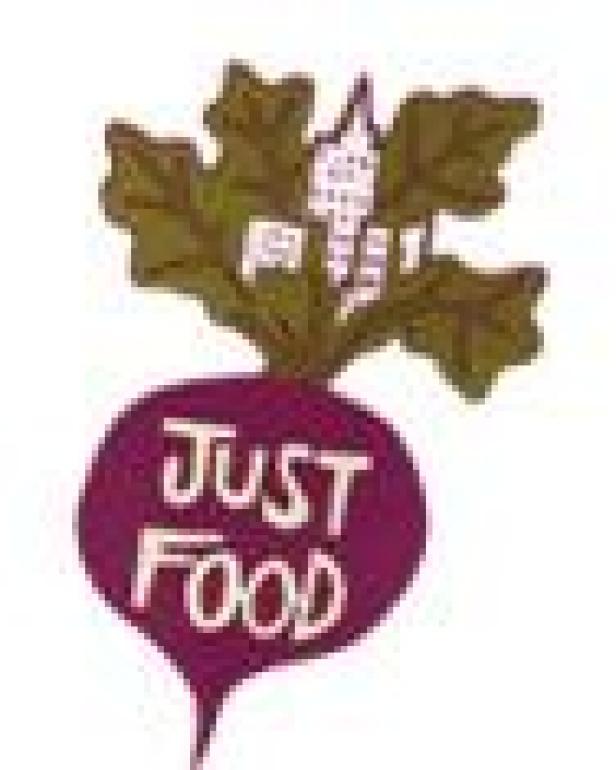8 Tips to Help You Eat Locally

Kelly Cline, Kelly Cline
Eating local foods is healthy for you, for the environment and for your community. By choosing locally-sourced goods, you'll not only support farmers, bakers and artisans in your community, but you'll also be adding the freshest-tasting foods available to your diet. Another (often unrealized) benefit to going local is the relationships you'll form within your community -- with other local shoppers at the farmer's markets, with those who grow and produce your food and with local foods advocates like yourself.
Local food is getting a lot of buzz lately. It can be overwhelming to weed through all the press to find the good stuff you need to know, so we've come up with a list of tips to help you get started. And getting started might not be too difficult -- you probably already know of a few of these or have adopted some into your lifestyle.
1. Learn what's in season. If it can't be grown in your area in the current season, then you can be sure what you're buying isn't local. (Think mangoes in Vermont in December . . . ) Knowing what's available in your area and when its' at its prime will help you plan grocery lists and menus, so in no time you'll be searching markets and farmstands for zucchini in July and for butternut squash in late-September. Bonus: in-season produce is often less expensive than out of season fare. Local Harvest offers a map of the US that will help you narrow down which produce is available in your state and where you can buy it -- check it out.
2. Plant a garden. Or even a few plants! Herbs are easy to grow on windowsills, and pots of tomato plants will thrive on porches if you're not ready to dig a plot in your yard. If you lack the space, are a new gardener or just love company, find ( or start!) a community garden where you can have your own plot or garden with others to grow food for your community.
3. Buy local produce. It's one statement, but the idea can be acted out in many ways. Locate the farmstands in your neighborhood: local farmers large and small are selling their produce at literal stands where you can buy whatever is in season: tomatoes, strawberries, zucchini and squash. You can also shop at larger farmer's markets, where multiple farmers and artisans will be selling their goods. To find a farmer’s market near you visit LocalHarvest.com or the USDA Web site.
4. Pick your own. Peaches, berries, cherries, apples, pumpkins are among the fruits and veggies you can pick yourself. Find a participating u-pick farm in your neighborhood and take a field trip with the family.
5. Join a CSA. CSA stands for “community supported agriculture.” By joining a CSA, members pay up front (before the season starts) for a weekly share of a local farm’s harvest for the year. The farmer benefits from this relationship because he''ll know exactly how much to plant and he or she can spend the season tending the farm instead of marketing produce. Members make out each week when they receive a box of fresh, locally-grown, organic fruits and vegetables that often come with storage tips and recipes from the farm or the CSA organization. Many CSAs also offer eggs, dairy, meat, bread, grains or beans.
6. Check labels. Seek out not only produce but bread, jams, grains and other products that are grown or produced near you. Many grocery stores and even restaurants are using signs or labels to let you know where your food is sourced, making it easier for you to choose the products that are made right in your neighborhood.
7. Read all about it. Does your city have its own Edible magazine? Research the small publications and community newsletters in your town to find out about upcoming markets and festivals, and check out the blogs from your favorite farms, purveyors, restaurants and shops that support eating locally to find out about new products and events.
8. Get involved in "eat local" organizations. Seek national organizations as well as their local branches. Local Harvest is a national organization in support of local, sustainable goods and you can easily find out what products, markets and even blogs are available in your area. Slow Food USA supports regional cuisine made through tradition and from locally-sourced ingredients. Think of it as the opposite of fast food. Slow Food USA is a national organization but dozens of communities have local chapters.

And remember that even if you're in a large city and seemingly far from farmland, it doesn't mean you can't eat local; there are plenty of organizations that work to bring the farm to the city (as well as those who find creative ways to garden in urban settings, like rooftops). Just Food, in New York City, for example, works to increase city-dwellers' access to local ingredients through outreach, CSA and farmer's market support, community food education and events like their upcoming Let Us Eat Local tasting event.
TELL US: How do you eat local? What community organizations and tools do you rely on?
Michelle Buffardi is the web editor for Food Network Magazine, a long-time vegetarian and part-time vegan who indulges in her weakness for pizza only on the weekends. She’s proud to prepare healthy, home-cooked meals nightly in the world’s tiniest kitchen. Learn more about all our contributors »
































